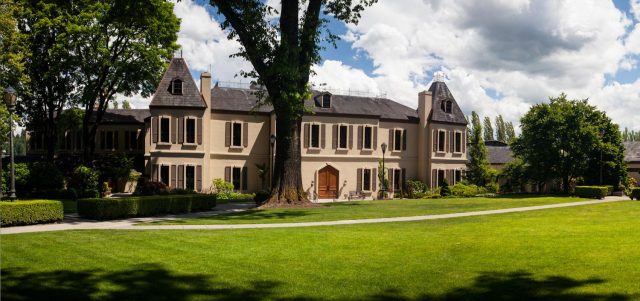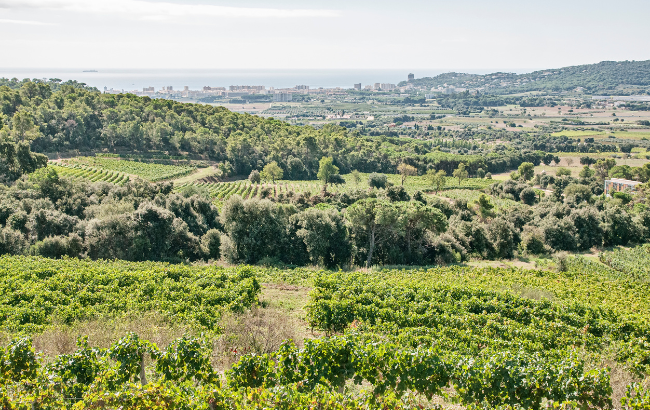Could Chenin Blanc become the flagship grape of Washington State?
By Patrick SchmittIt may be famous as North America’s largest producer of Riesling, but Washington State’s Ste Michelle Wine Estates is now backing another white grape: Chenin Blanc. We find out why.

It was during a discussion last month with the company’s chief commercial officer, David Bowman, that db learnt of the surprising news that Ste Michelle sees a really bright future for Chenin – a grape that’s hardly famous, but best known for its role in the whites, sweet wines and sparklings of the Loire, as well as crisp and barrel-aged dry wines from South Africa, where the variety was historically called Steen.
In fact, Chenin Blanc was once widely planted in Washington State (along with California), but the rising popularity of Chardonnay saw Chenin plantings decline markedly, so that there are fewer than 30 hectares in the ground today, although what remains is the source of some great wines from old vines – such as L’Ecole No 41, made from a 50 year-old vineyard in Washington’s Walla Walla Valley.
While Ste Michelle is the maker of the best-selling American Riesling, sourced from Washington’s Columbia Valley, and crafts high-end wines from this grape – such as the fine and age-worthy Eroica Riesling with Ernst Loosen – the state’s oldest wine producer is looking at other opportunities for growth.
Bowman tells db, “We make fantastic white wine, not just in Washington but Oregon too, with beautiful Riesling and Pinot Gris, while Chardonnay is getting traction too.”
Helping the latter grape according to Bowman is “less bombastic winemaking intervention”, before calling the company’s Oregon Chardonnays “more Chablis-like”, and “beautiful, site-specific white wines”.
However, his enthusiasm appears to peak when he moves onto Chenin Blanc, and its role in raising awareness worldwide for Washington State.
Partner Content
“If there’s a grape that has huge potential in Washington then it’s Chenin Blanc,” he said.
Continuing, he commented, “We are looking for the next white wine of distinction, and we grow great Chenin Blanc in Washington – we’ve made it for dozens of years – and I think there is an opportunity, because there’s isn’t really a region in the US that is known for Chenin Blanc, and I think that Washington can take a leadership position in that.”
This won’t happen quickly, however. Bowman adds, “Chenin Blanc is something in our future: we are still in the nascent stages in the Columbia Valley, where there is the opportunity to do some grafting [over from other grapes to Chenin], and we are still exploring in terms of the best location.”
In terms of style, he sees Washington Chenin as having “great acidity”, but also “palate weight”, helped by winemaking techniques, such as lees-stirring, which is most-commonly used to build richness into Chardonnay.
Concluding on the topic with a timeline, he told db, “By the time we get to 2026, we will have something really exciting with Chenin.”
Read more
The best wines from the Global Chenin Blanc Masters 2024
Related news
Could climate change favour Chenin Blanc over Chardonnay?




